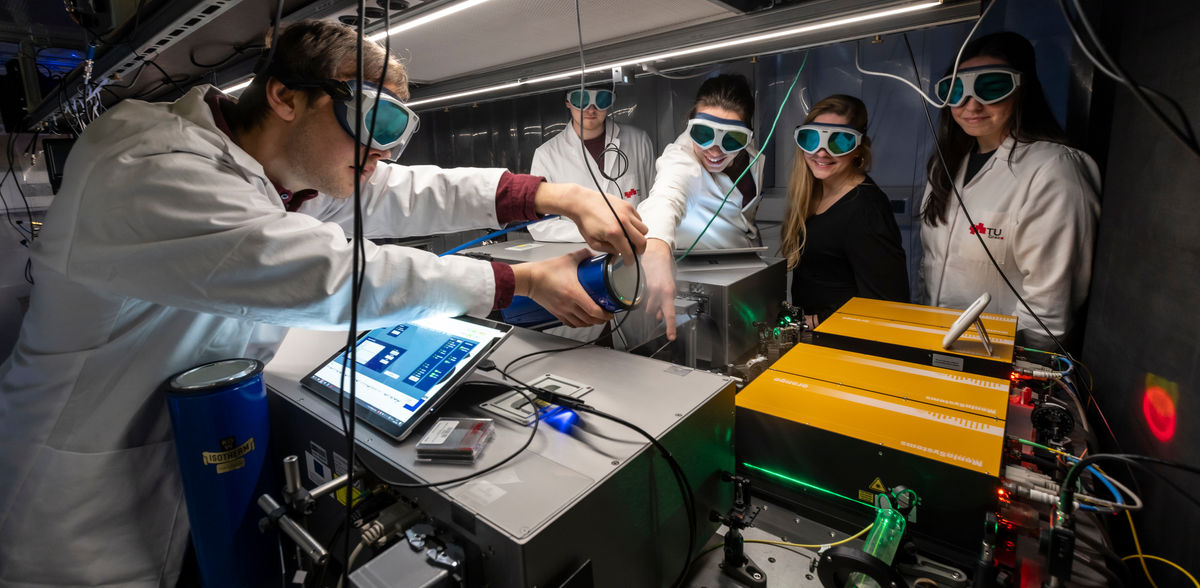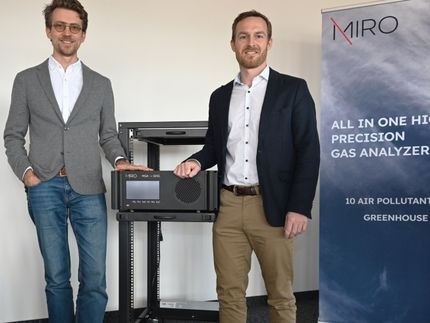Novel UV Broadband Spectrometer Revolutionises Air Pollutant Analysis
The laser-based technology developed at TU Graz enables the continual real-time analysis of air pollutants and their interaction with other gases and sunlight
Sunlight has a major influence on chemical processes. Its high-energy UV radiation in particular is strongly absorbed by all materials and triggers photochemical reactions of the substances present in the air. A well-known example is the formation of ground-level ozone when UV light hits nitrogen oxides. A research team led by Birgitta Schultze-Bernhardt from the Institute of Experimental Physics at Graz University of Technology (TU Graz) is now utilising this high reaction potential for a new method of environmental monitoring. They have developed the world’s first broadband UV dual-comb spectrometer with which air pollutants can be continually measured and their reaction with the environment can be observed in real time. A paper on the development has been recently published in the journal Optica.
Dual-comb spectrometers have been around for almost 20 years. Here, a source emits light in a broad wavelength range, which, when arranged according to its optical frequencies, is reminiscent of the teeth of a comb. If this light penetrates a gaseous material sample, the molecules it contains absorb some of the light. The altered light wavelengths allow conclusions to be drawn about the ingredients and optical properties of the analysed gas.
Laser light pulses cause gas molecules to rotate and vibrate
The special feature of the spectrometer developed by Birgitta Schultze-Bernhardt is that a laser system emits double light pulses in the ultraviolet spectrum. When this UV light meets gas molecules, it excites the molecules electronically and also causes them to rotate and vibrate – so-called rovibronic transitions – which are unique to each gaseous substance. In addition, the broadband UV dual-comb spectrometer combines three properties that conventional spectrometers have so far only been able to offer in part: (1) a large bandwidth of the emitted UV light, which means that a great deal of information about the optical properties of the gas samples can be collected with a single measurement; (2) a high spectral resolution, which in future will also enable the investigation of complex gas mixtures such as our Earth’s atmosphere; and (3) short measurement times when analysing the gas samples. “This makes our spectrometer suitable for sensitive measurements by which changes in gas concentrations and the course of chemical reactions can be observed very precisely,” explains Lukas Fürst, PhD student in the Coherent Sensing working group and first author of the publication.
Developed and tested using formaldehyde as an example
The researchers developed and tested their spectrometer using formaldehyde. The air pollutant is produced when fossil fuels and wood are burned, as well as indoors through vapours from adhesives used in furniture. “With our new spectrometer, formaldehyde emissions in the textile or wood processing industries as well as in cities with increased smog levels can be monitored in real time, thus improving the protection of personnel and the environment,” explains Birgitta Schultze-Bernhardt. The application of the spectrometer can also be transferred to other air pollutants such as nitrogen oxides and ozone and other climate-relevant trace gases. The research team hopes that this will provide new findings about their effects in the atmosphere. Based on this, new strategies for improving air quality could be derived.
Original publication
These products might interest you
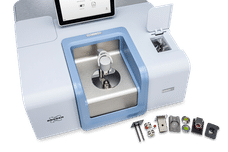
INVENIO by Bruker
FT-IR spectrometer of the future: INVENIO
Freely upgradeable and configurable FT-IR spectrometer

contrAA 800 by Analytik Jena
contrAA 800 Series – Atomic Absorption. Redefined
The best of classical atomic absorption and ICP-OES spectrometry are combined in the contrAA 800

SPECORD PLUS by Analytik Jena
SPECORD PLUS Series - Maximum precision in UV/Vis
The modern classic guarantees the highest quality

ZEEnit by Analytik Jena
Zeeman Technology for Maximum Sensitivity – Matching any Analytical Problem
Transverse-heated graphite furnace for optimum atomization conditions and high sample throughput
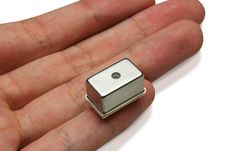
Microspectrometer by Hamamatsu Photonics
Ultra-compact microspectrometer for versatile applications
Precise Raman, UV/VIS and NIR measurements in portable devices

PlasmaQuant MS Elite by Analytik Jena
LC-ICP-MS Is the Key to the World of Elemental Species
Highest Sensitivity and Lowest Detection Limits with PlasmaQuant MS Series and PQ LC
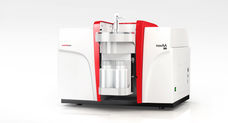
novAA® 800 by Analytik Jena
The Analyzer 4 You - novAA 800-Series
The reliable all-rounder, making routine analysis efficient and cost-effective
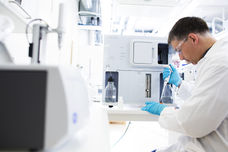
Biacore catalogue by Cytiva
Get started with Surface Plasmon Resonance interaction analysis - which system is right for you?
Discover simpler and faster Surface Plasmon Resonance (SPR) with Biacore systems
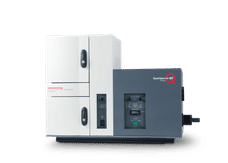
Quantaurus-QY by Hamamatsu Photonics
High-speed UV/NIR photoluminescence spectrometer
Precise quantum yield measurements in milliseconds without reference standards
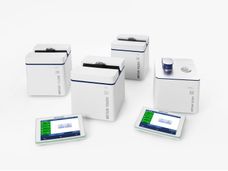
FastTrack™ by Mettler-Toledo
FastTrack UV/VIS Spectroscopy - Speed Up Your Measurements
Fast, reliable & efficient measurements with traceable accuracy in a small footprint

Get the analytics and lab tech industry in your inbox
By submitting this form you agree that LUMITOS AG will send you the newsletter(s) selected above by email. Your data will not be passed on to third parties. Your data will be stored and processed in accordance with our data protection regulations. LUMITOS may contact you by email for the purpose of advertising or market and opinion surveys. You can revoke your consent at any time without giving reasons to LUMITOS AG, Ernst-Augustin-Str. 2, 12489 Berlin, Germany or by e-mail at revoke@lumitos.com with effect for the future. In addition, each email contains a link to unsubscribe from the corresponding newsletter.
